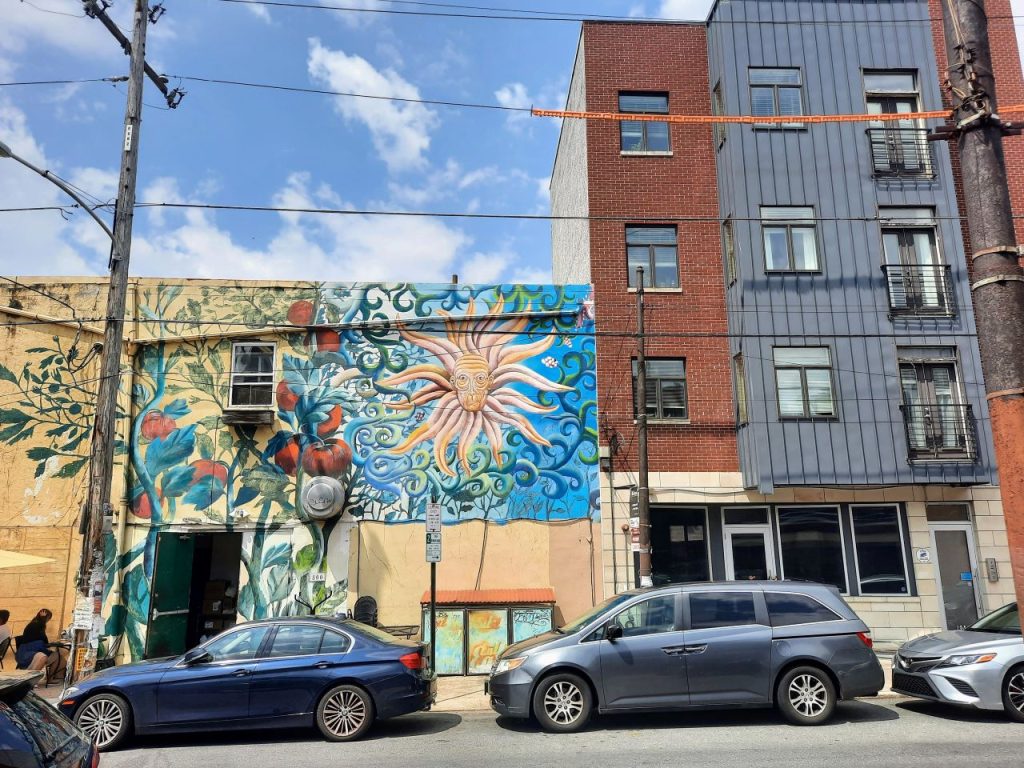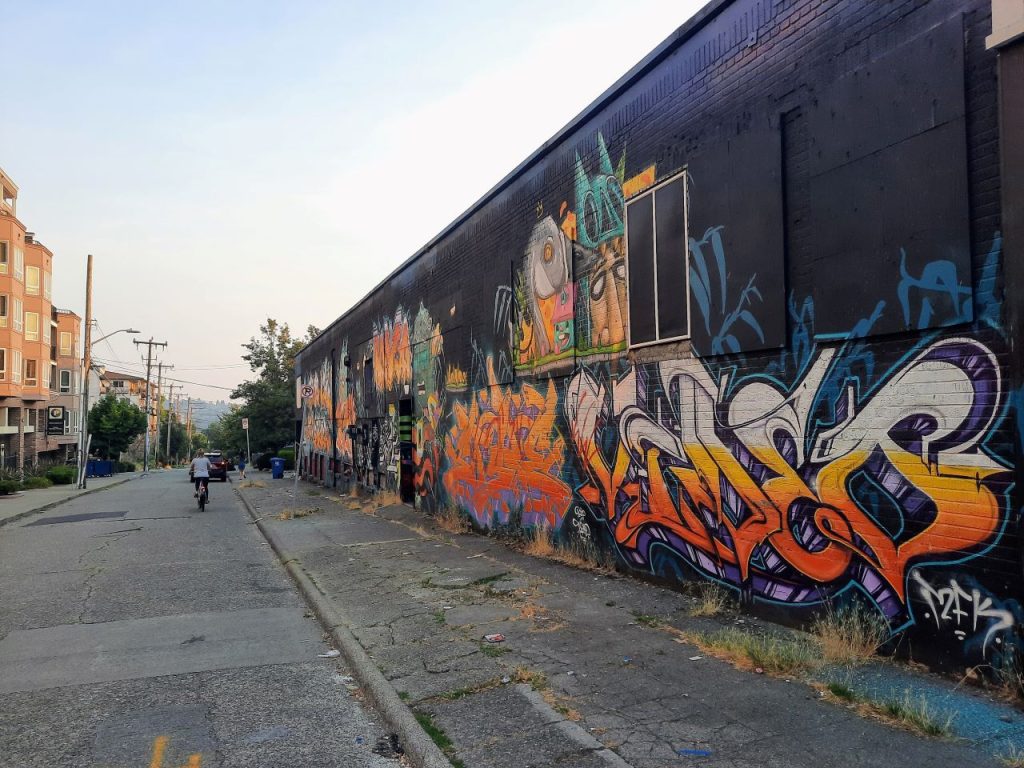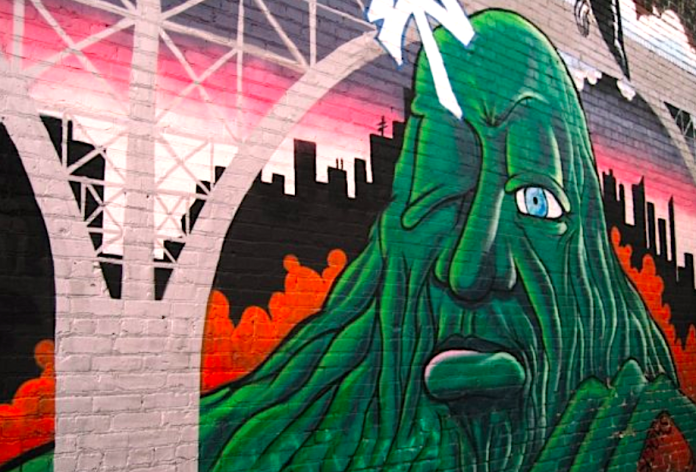
The term “urban art” describes visual art forms that are created by and representative of city dwellers. While you may see pieces in galleries, urban art installations are primarily integrated into the landscape. They’re on buildings and street features.
There’s increasing recognition of how vital urban art installations are. They help to shape both the physical landscape of cities and influence the culture of communities. Let’s explore this vibrant medium a little further.
The Evolution of Urban Art Installations
Art in public spaces is nothing new. Even aside from Neolithic cave paintings, there are examples of murals and carved graffiti in the bustling cityscapes of ancient Maya. Much like today, these were used to communicate key facets of culture to others.
Since around the 1970s, though, installations in urban areas have tended to fall into a couple of distinct categories. There’s graffiti, which takes the form of painted text but can be far more artistically complex than this description. There’s also street art, which focuses on more varied imagery. Usually, street art is associated with murals, but it can also include stickers, sculptures, lighting, and even mosaics.
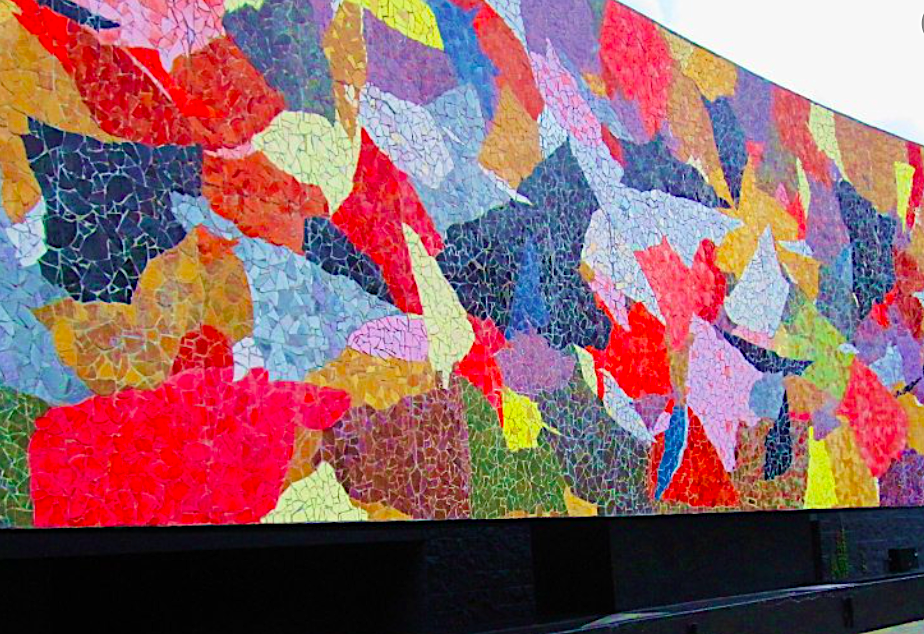
Urban art debate today has often centered around the legal considerations. Street art and graffiti can be sanctioned or commissioned by private building owners or local authorities. Though, it’s important to note that unsanctioned urban art is also a powerful form of expression, whatever Mayor Harrell’s feelings on the matter may be. While to some it may be vandalism, it is nonetheless a symbol of unrestrained creativity and social activism.
The effect is that today, urban art has a complex impact on cities. There’s an aesthetic vibrancy that elevates the architecture and other features. It also gives opportunities for citizens to contribute their artistic talents to something that gives them a voice in a challenging world.
Aesthetics and Urban Identity
Urban art installations contribute significantly to the aesthetics and identity of the city. In some instances, the identity may be limited, as “legitimate” murals can be restricted to select artists chosen for projects. However, the fact that artists also independently put their stamps on cities provides additional and untethered authenticity to the character of the landscape. Additionally, you’ll often find that street art in specific areas will reflect the nuanced cultural elements of individual communities. After all, art is frequently created through the filter of the artists’ cultural heritage, their struggles, and their celebrations. This means that urban art plays a role in teaching locals and visitors about who lives there.
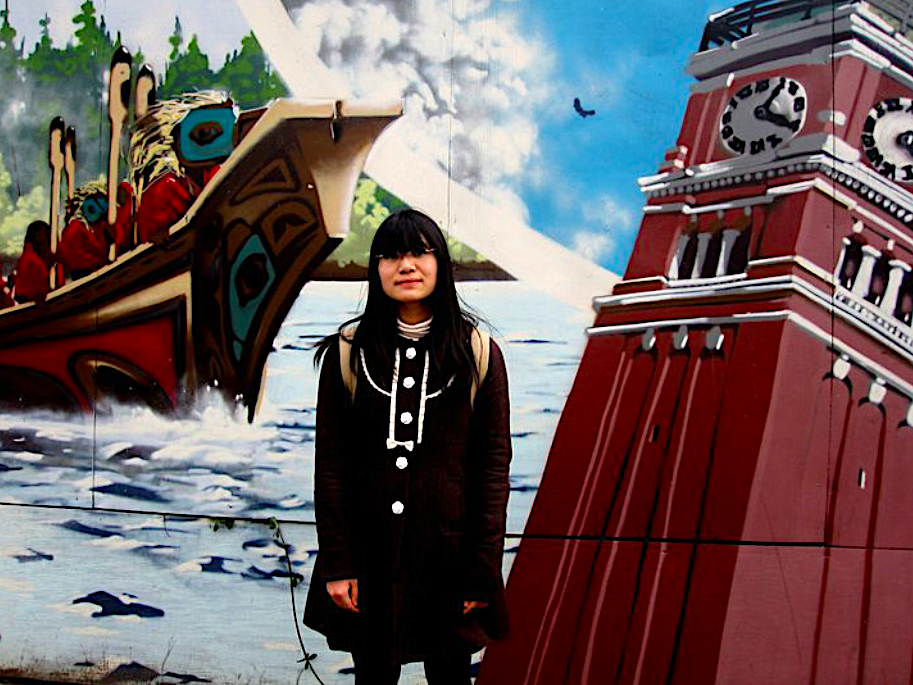
A great example of this is in Seattle’s Pioneer Square neighborhood. Street artists from a range of cultural backgrounds have been creating murals both directly on walls and on plywood. Particularly following the political and social upheaval surrounding Black Lives Matter and the Covid-19 pandemic, artists have been adopting the area as a canvas. They’re expressing how events have impacted their cultures and they’re protesting through the medium of art.
Community Engagement and Social Impact
Urban art tends to be accessible, both for audiences and artists. This is a quality that has made it an increasingly effective tool for community engagement. Festivals are providing spaces for artists to create meaningful work and for community members to connect to it. There are also projects designed to leverage the power of art to influence social challenges.
For instance, urban art can help boost public health education. Healthcare in the U.S. at the moment, including the state of oral healthcare, is riddled with financial, social, and geographical inequalities. This impacts how effectively communities are able to access treatment and knowledge. Organizations like Health Education through Art, have been effective in combining youth health education and advocacy with public art projects. This provides a forum to address challenges alongside the enrichment of creative activities.
Another example of impactful community urban art engagement is Mural Arts Philadelphia. The organization arranges multiple projects each year designed to bring community members together to build relationships and facilitate a dialogue around challenges. Its collaborations empower communities to direct their talents and ideas to explore culturally vital subject matter, such as restorative justice and sustainability.
Challenges and Opportunities
For all the benefits of urban art installations, there are challenges cities and arts organizations need to address. There has to be a focus on ensuring projects are accessible both for artists and the viewing public. It’s also vital to establish inclusivity measures that ensure underrepresented artists and communities can engage with projects.
Equally, though, there are opportunities, some of which may help address challenges. Projects could utilize innovative practices, such as incorporating quick response (QR codes) into art that links to descriptive text for people with visual impairments. Meaningful collaborations between diverse community members offer chances to share resources.
Particularly concerning issues of inclusivity and accessibility, it’s important for planning processes to be thorough, with chances for bottom-up engagement. Before a project begins, leaders should conduct feasibility studies. These help to determine how likely the project is to succeed and what resources are required to address the challenges. Studies will highlight physical risks that may be barriers to those with accessibility difficulties so accommodations can be arranged.
Future Trends
Just as public art has evolved over time, there are continued shifts in urban installations. There are already trends for interactive pieces that are not limited to visuals but also textures and sounds. Tech, such as augmented reality (AR) is also beginning to provide added dimensions to murals.
In the future, we’re likely to see even greater integration of tech, though this may be tempered by other priorities. Climate change may well affect how cities implement urban art, in line with sustainability goals. More sustainable materials could become the norm. Indeed, environmental messaging may have an even more prominent presence in the cultural content of installations.
Throughout these developments, it is vital for communities, businesses, and administrators to collaborate on supporting urban art installations. This is a uniquely accessible and powerful form of expression that has multifaceted benefits for communities. It also creates a legacy that tells the story of the city and the people who enrich it.


